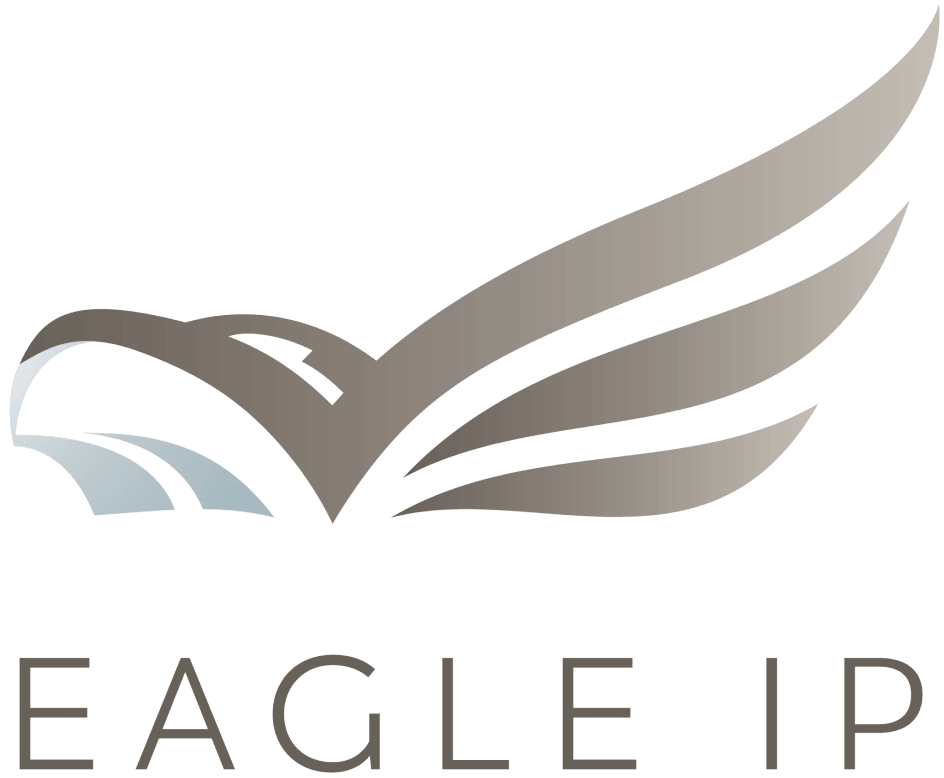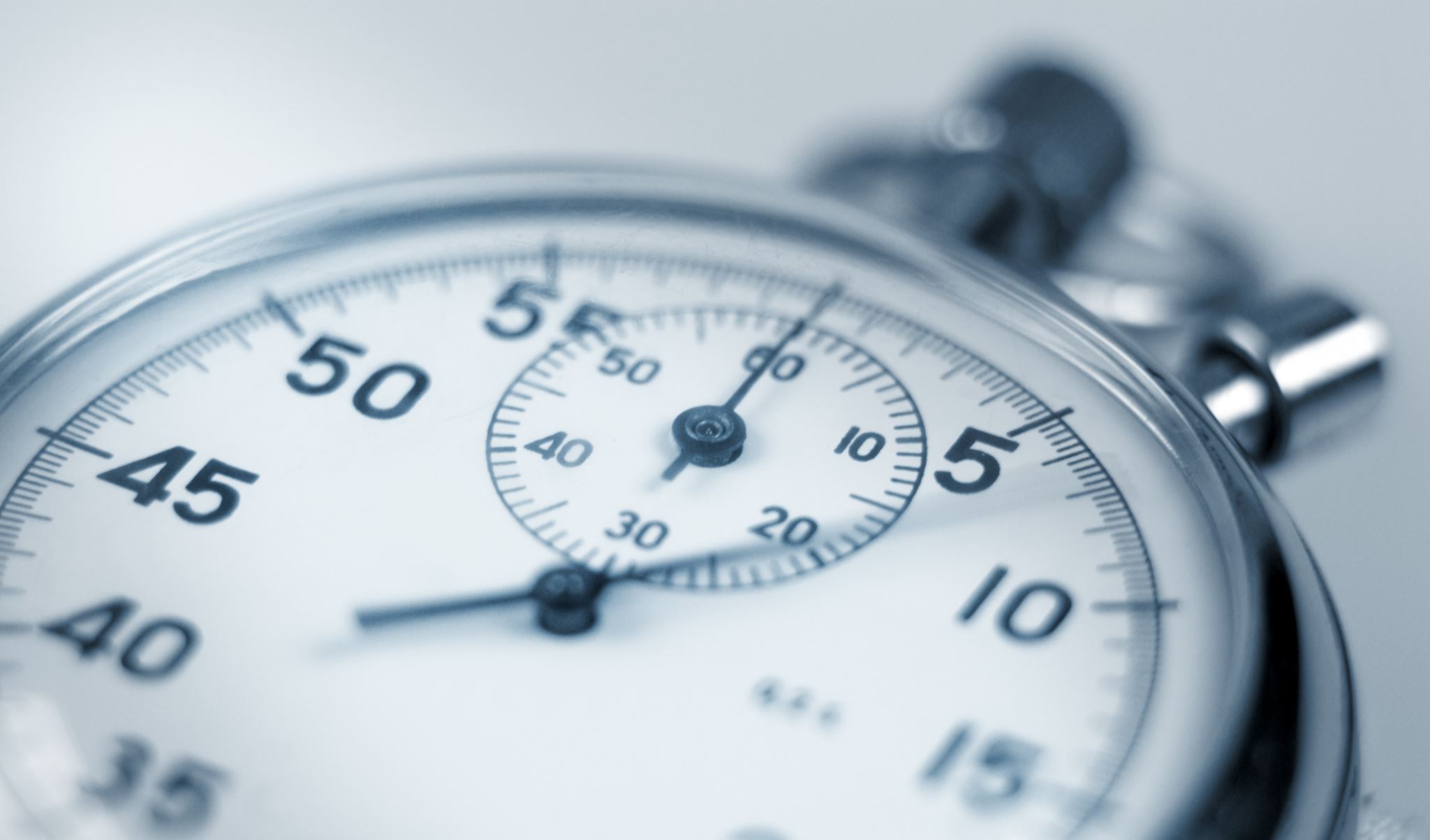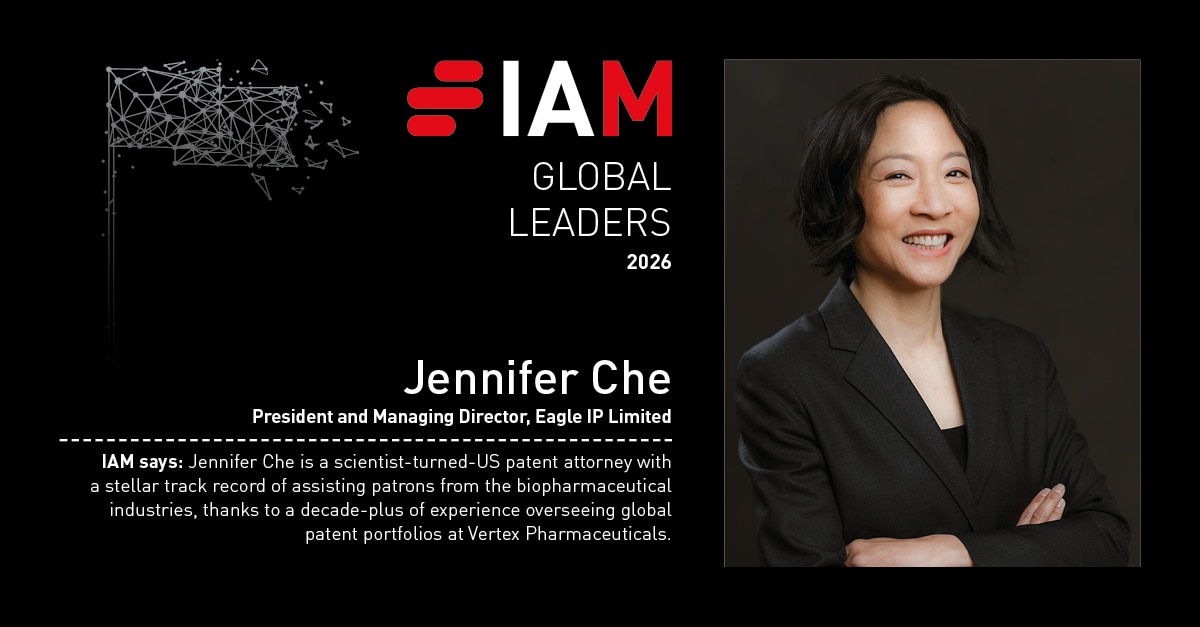What is the difference between an Invention Patent and a Utility Model Patent?
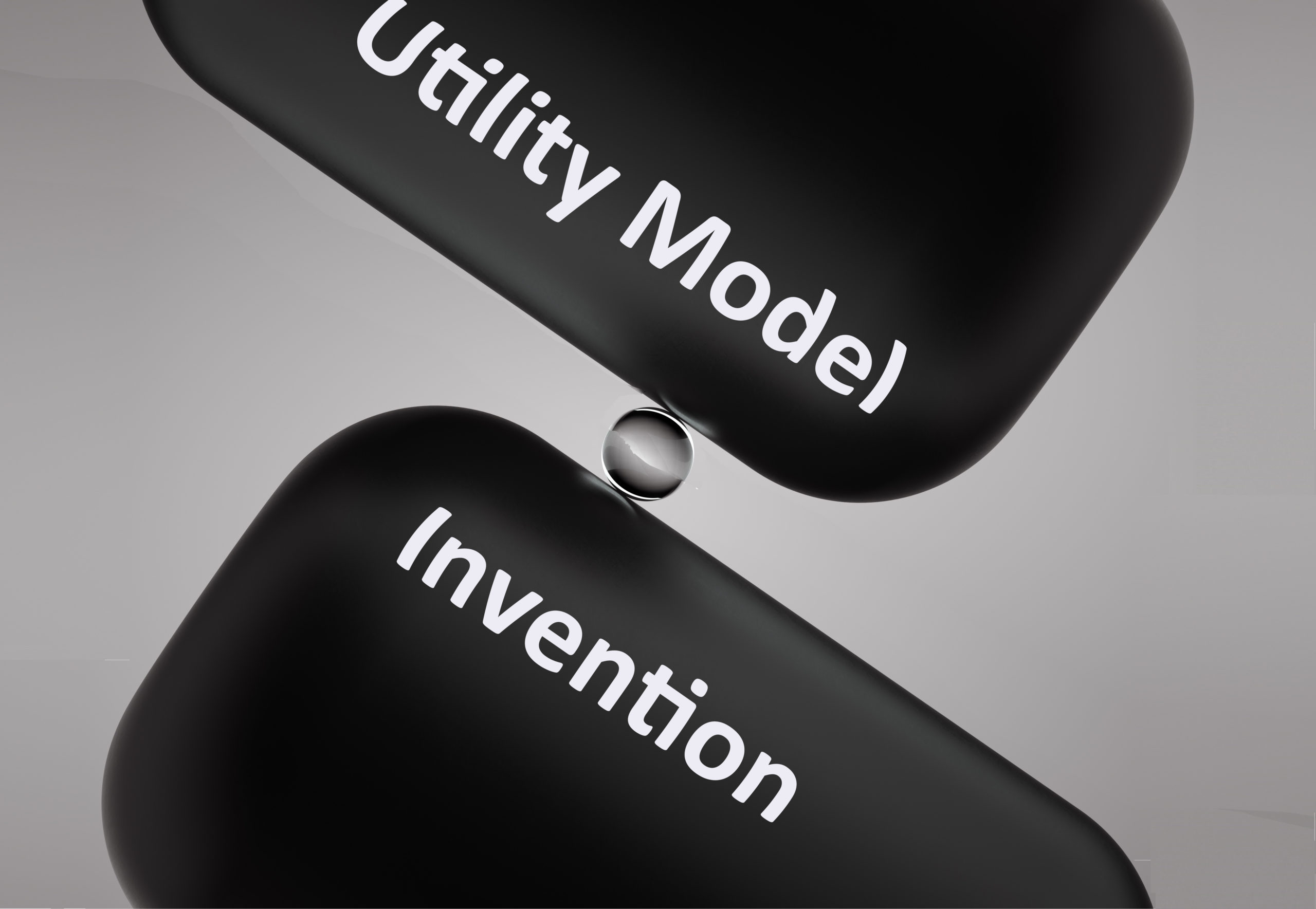
There are two types of patent protection in China. Invention patents (similar to a US utility patent) have a term of 20 years from the date of filing and may be granted for both methods and products. Utility model patents (similar to a petty patent) may be granted in China for technical solutions that relate to shapes or structures of a product, and have a term of 10 years from the date of filing. Utility model applications are subject to preliminary examination to check for compliance with formal requirements, novelty, unity of invention and patentable subject matter. Invention patent applications are subject to search and examination similar to those conducted in other major patent offices around the world and take approximately 3 to 5 years to complete prosecution.
Novelty
Novelty requirements in China are the same for both utility model and invention patents. In particular, novelty means that, before the date of filing, no identical invention or utility model has been publicly disclosed in publications or has been publicly used or made known to the public anywhere in the world. Furthermore, there should be no other earlier-filed applications with the Chinese Patent Office, which describe the identical invention or utility model even if the publication date thereof is after the date of filing of the case of concern.
Inventive Step
The requirement for inventive step in utility model patents in China is lower than that of an invention patent. Article 22.3 of the PRC Patent Law defines inventiveness for an invention patent as prominent substantive features that represent “notable progress” as compared to technology existing before the date of filing. For utility model patents, only substantive features that represent “progress” are required for inventive step.
Advantages of UM
The advantage of filing a Chinese utility model patent is that the patent right may be obtained within a few months from filing date thereof. For products that have a relatively short product life or have a relatively low technological hurdle (e.g., where competitors may easily reverse engineer and/or copy the technology within a short period of time) a Chinese utility model patent would be ideal. In addition, legal action may be initiated immediately upon grant of the utility model patent. Before taking legal action, however, it should also be noted that an evaluation report of patentability will be required by the court, which serves as prima facie evidence for validity.
Advantages of Invention Patents
On the other hand, Chinese invention patents provide a longer term of protection and are very useful for products that require a longer period of development or that will be commercially valuable for a very longer time. This is particularly true for high technology inventions, such as pharmaceutical and biotech inventions that typically require a lengthy research and development period for the product to be finally registered and put on the market. However, as aforementioned, it will take a comparatively longer time to obtain a granted Chinese invention patent than a utility model patent, and no legal action may be taken during the pendency period. In addition, an invention patent costs more to complete prosecution than that of a utility model patent.
Same Day Applications
One strategy is to file a UM and a Chinese invention application on the same day (same day application). If an applicant chooses this strategy, typically the UM will grant first, giving the patentee certain patent rights to enforce, license, etc. Once the corresponding “sister” invention patent application is allowed, the patentee can choose to have the invention patent grant by giving up rights to the UM. This dual strategy is quite useful for those inventions with limited inventiveness, allowing applicants to obtain at least some sort of patent rights early, but also have the opportunity to prosecute an invention application without any risks of dealing with double patenting rejections and the like. Essentially, patent applicants in China can “have their cake” (the UM) “and eat it too” (the invention patent). Do note that a PCT national phase entry application must choose between a UM and an invention application, and cannot singlehandedly take advantage of the dual strategy outlined above.
Summary: Invention vs. UM Patents
The following table summarises the differences between invention patents and utility model patents.
|
Invention Patent |
Utility Model Patent | |
|
Overall Cost |
Higher - Filing cost would be similar to that of utility model, but, but there will be an extra cost for requesting substantive examination. Further costs for patent prosecution such as filing response to office actions will also be required. |
Lower - Generally speaking, post-filing costs for utility model are much less than those of an invention application. |
|
Subject Matter |
Method, product, composition of matter |
Shapes or structures of a product only |
|
Examination |
Formality & Substantive Examinations (novelty, inventiveness, sufficient disclosure, unity, etc.) |
Preliminary Examination |
|
Novelty Requirement |
Yes |
Yes |
|
Inventiveness Requirement |
Higher (prominent substantive features and notable progress) |
Lower (substantive features and progress) |
|
Time to Grant |
Approximately 3-5 years from filing date |
Approximately 12 months from filing date |
|
Terms of Protection |
20 years from filing date |
10 years from filing date |
|
Assumption of Validity during Patent Litigation |
Yes |
Yes only if an evaluation report of patentability is procured
|
|
Availability of Priority Claim |
Paris Convention PCT National Phase Entry (This is typically the application type unless utility model is specified.)1 |
Paris Convention PCT National Phase Entry (Only if specified as utility model during national phase entry.) 1 |
1 For each PCT application entering national phase in China, only one form of patent application can be filed. In other words, the PCT applicant can only choose either an invention patent application or a utility model application but cannot file both types of applications for the same PCT application. Hence if both types of protection are desired, one type or both types has/have to be filed via Paris Convention.
About the Authors
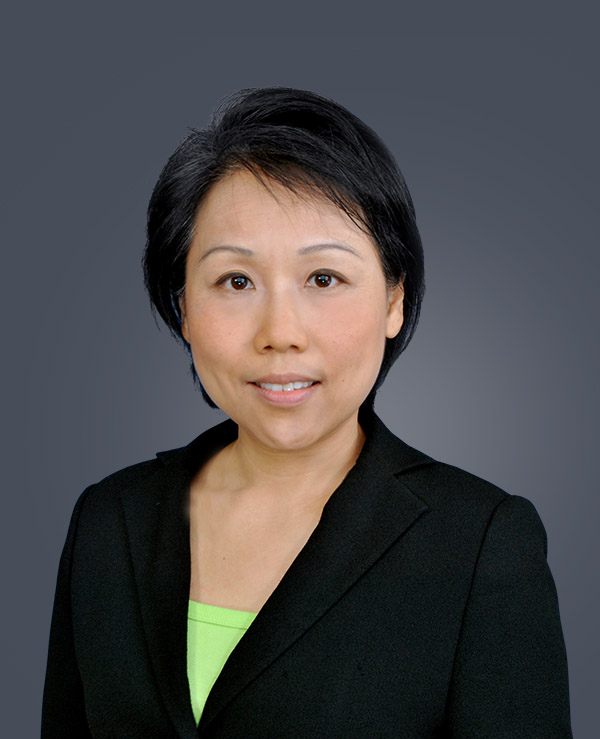
Dr. Jacqueline Lui is Founder and President of Eagle IP, a Boutique Patent Firm with offices in Hong Kong, Shenzhen, and Macau.
This article is for general informational purposes only and should not be considered legal advice or a legal opinion on a specific set of facts.
